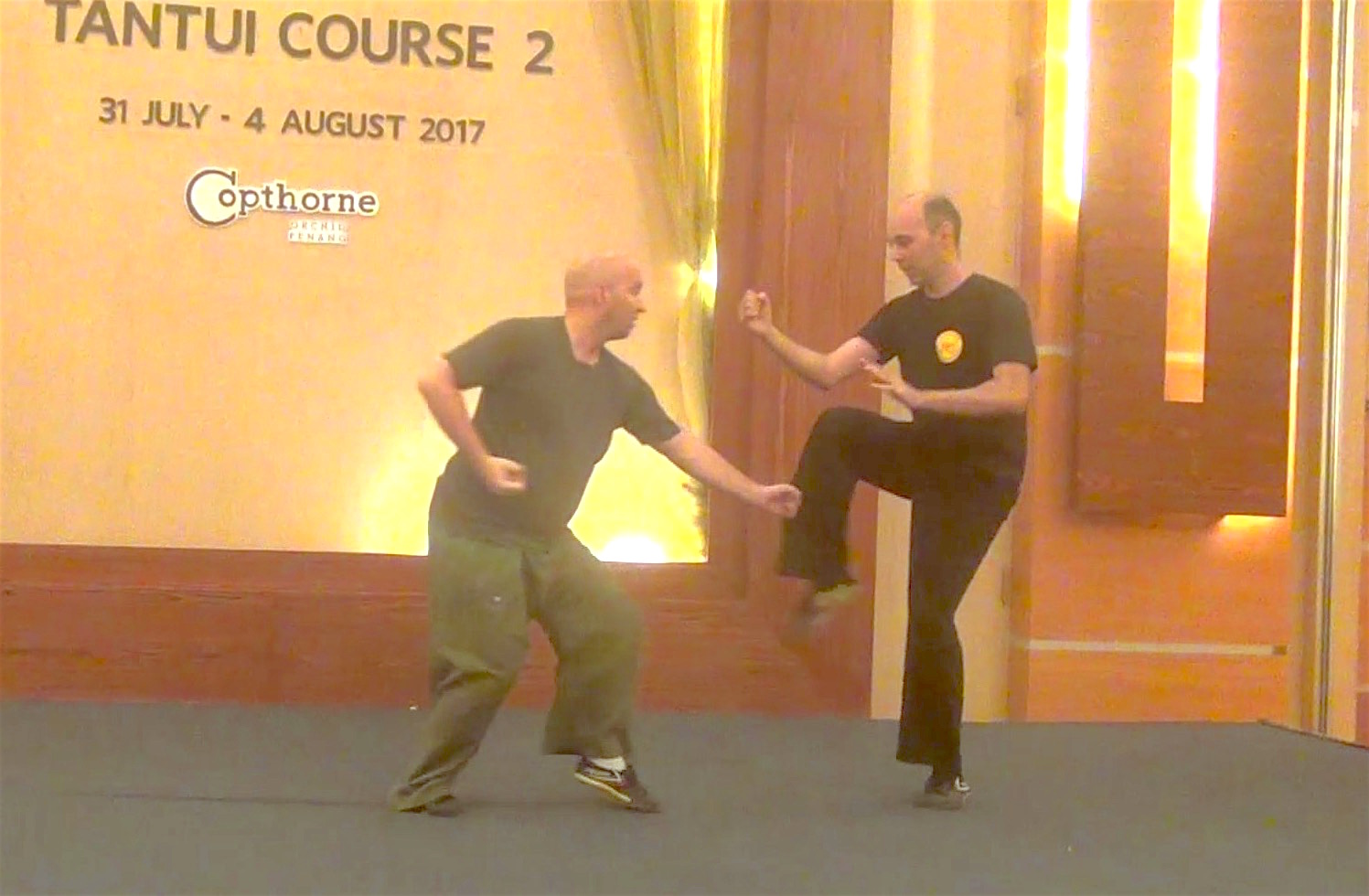TANTUI, THE ESSENCE OF NORTHERN SHAOLIN
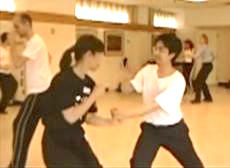
Yamada Naoko, an assistant instructor of Shaolin Wahnam Japan, and Sifu Michael Chow, an instructor of Shaolin Wahnam Canada, practicing combat application of Shaolin Tantui
Shaolin Kungfu is classified into two main traditions, Northern Shaolin and Southern Shaolin. Northern Shaolin Kungfu originated from the northern Shaolin Temple at the Song Mountain in Henan Province in North China, whereas Southern Shaolin Kungfu originated from the two southern Shaolin Temples, one at Quanzhou City and the other at the Nine-Lotus Mountain, both in Fujian Province in the south.
Although both Northern Shaolin and Southern Shaolin share the same philosophy, techniques and skills, the emphasis of each style results in some characteristic differences. Northern Shaolin is well known for its long-range combat, agility and kicks, whereas Southern Shaolin for its stances, power and hand techniques. An understanding and experience of Northern Shaolin, therefore, would enhance the performance of Southern Shaolin.
1. The Twelve Sequences of Shaolin Tantui in Videos
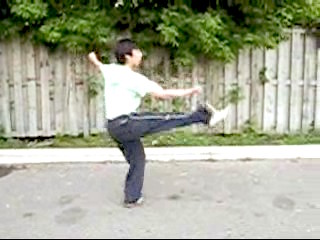
Would you believe that irrespective of whether your opponent is attacking or defending, whether he is striking, kicking, gripping or felling, whether he is blocking, deflecting, dodging or retreating, whether he uses Northern or Southern Shaolin, Taijiquan, Baguazhang, Praying Mantis, Eagle Claw, Wing Choon, Hoong Ka, Monkey Style, Karate, Taekwondo, Boxing, Kick-Boxing, Muay Thai or any other martial art, by applying Sequence 1 of Tantui, you can effectively press him against a wall? This is hard to believe, but it is true.
“Tantui”, or “Spring Kicks”, is the essence of Northern Shaolin Kungfu. There are 12 sequences, hence the set is called “Twelve-Sequence Tantui”. The first sequence is the essence of the set.
Click here to download.
2. The Twelve Sequences of Shaolin Tantui in Picture Series
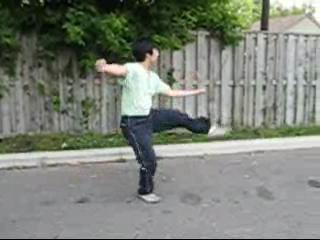
Tantui or “Spring-Kick Kungfu” is a signature style of Northern Shaolin. It was famous for kicks and was first developed at the Long Tan Temple in northern China. Hence, this kungfu style was called “Tantui”. In Chinese, “Long Tan” means “Dragon's Pone”, and “tui” means “kicks”. Nevertheless, other sources mention that “tan” in “Tantui” comes from the Chinese word meaning “spring”, because “spring-kick” is a signature kick in this style of kungfu. .
Click here to download.
3. Basic Combat Sequences of Shaolin Tantui

These 12 combat sequences were composed by Sifu Emiko Hsuen for participants who would attend the Special Shaolin Tantui Course conducted by Grandmaster Wong in Penang in 2017.
Click here to download.
4. Basic Tantui Combat Sequences, 24-30 July 2017
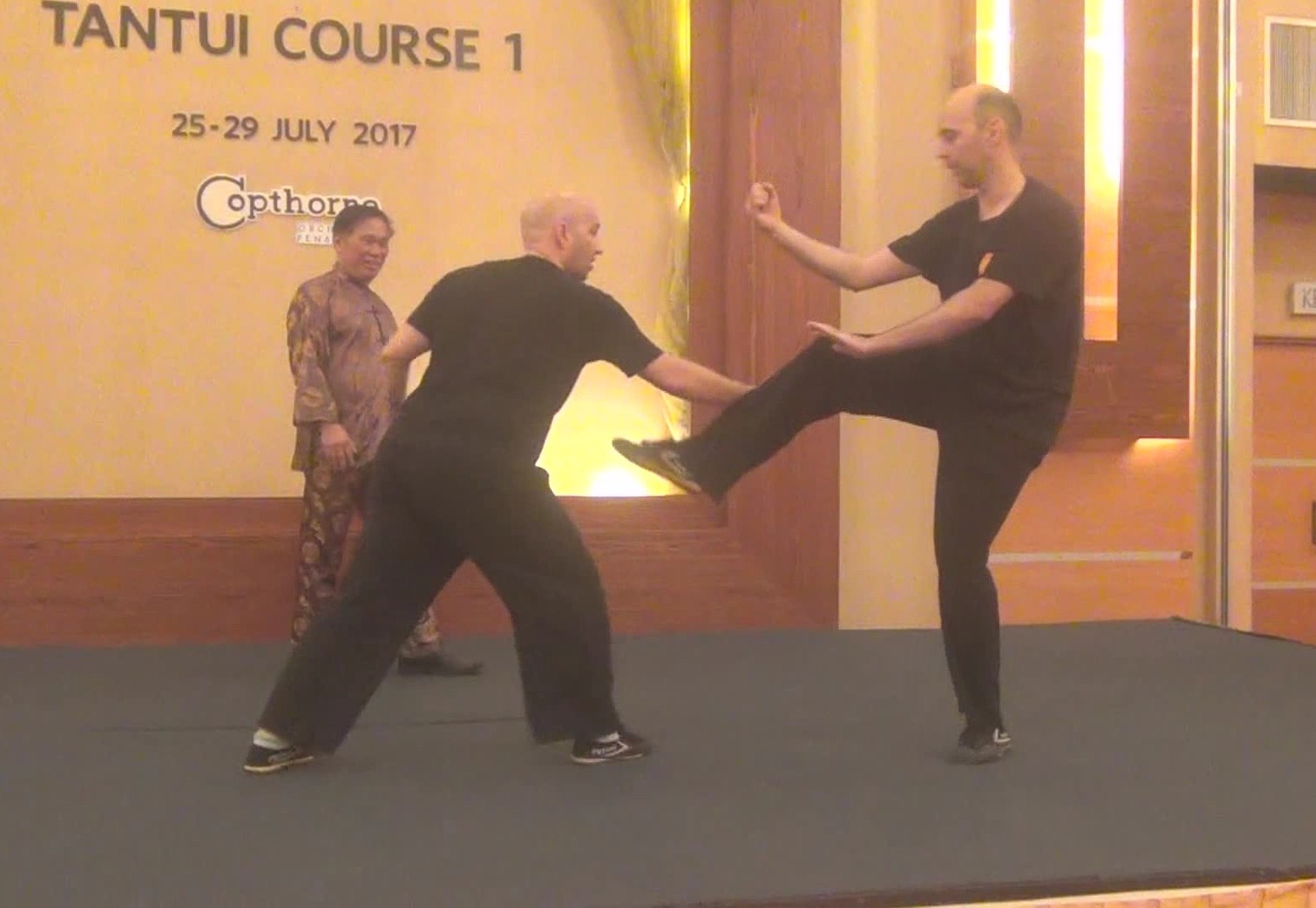
These 12 combat sequences learned at the Special Shaolin Tantui Course in Penang in 2017, follow closely the 12 combat sequences composed by Sifu Emiko Hsuen above. The sequences were modified so as they followed the 12 solo Tantui sequences.
Click here to download.
5. Basic Tantui Combat Sequences, 24 July to 5 Aug 2017
6. Advanced Tantui Combat Sequences, 24-30 July 2017
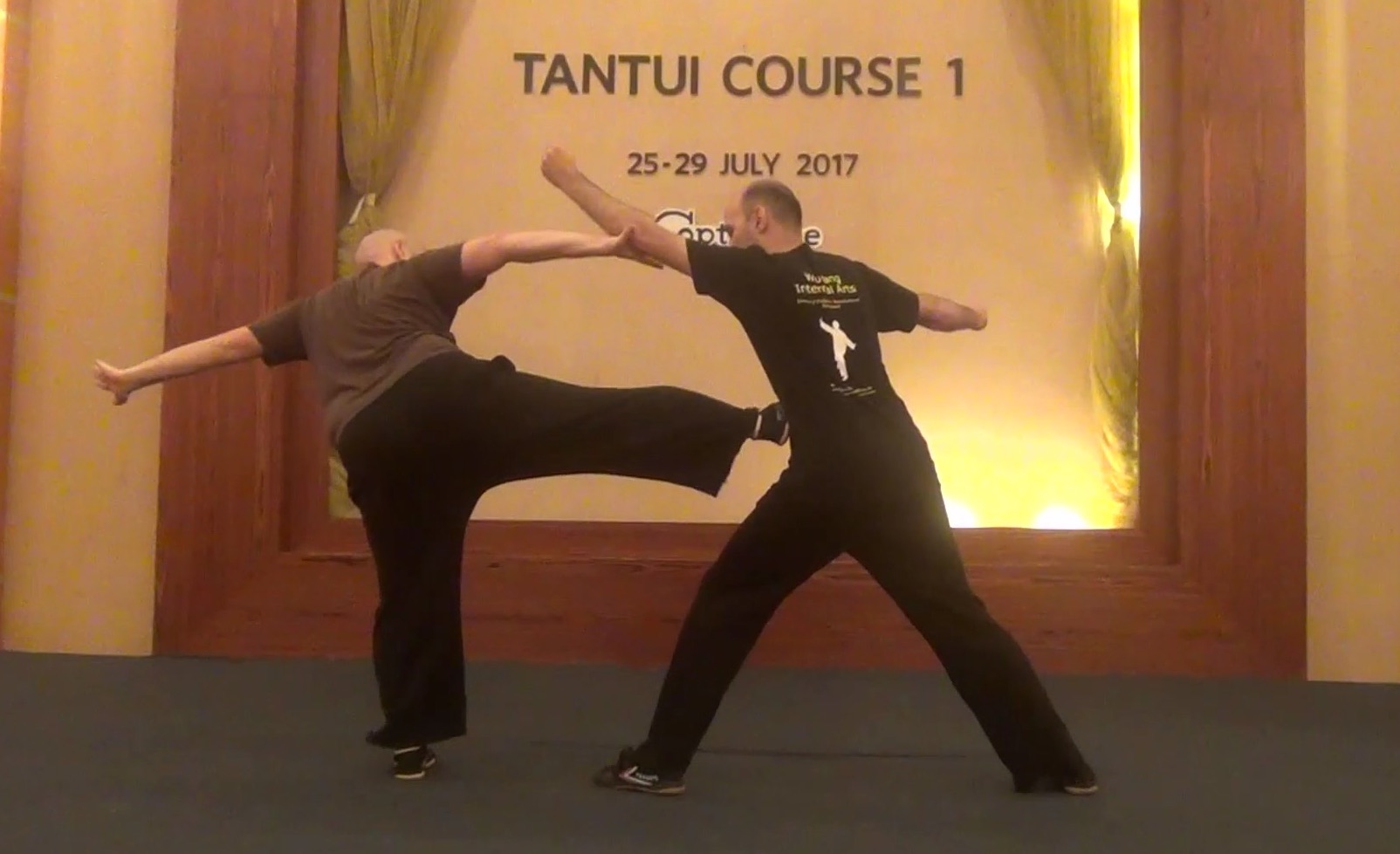
The combat application of the 12 Tantui sequences are sophisticated, and are shorter to allow for variation.
Click here to download.
7. Advanced Tantui Combat Sequences, 30 July to 5 Aug 2017
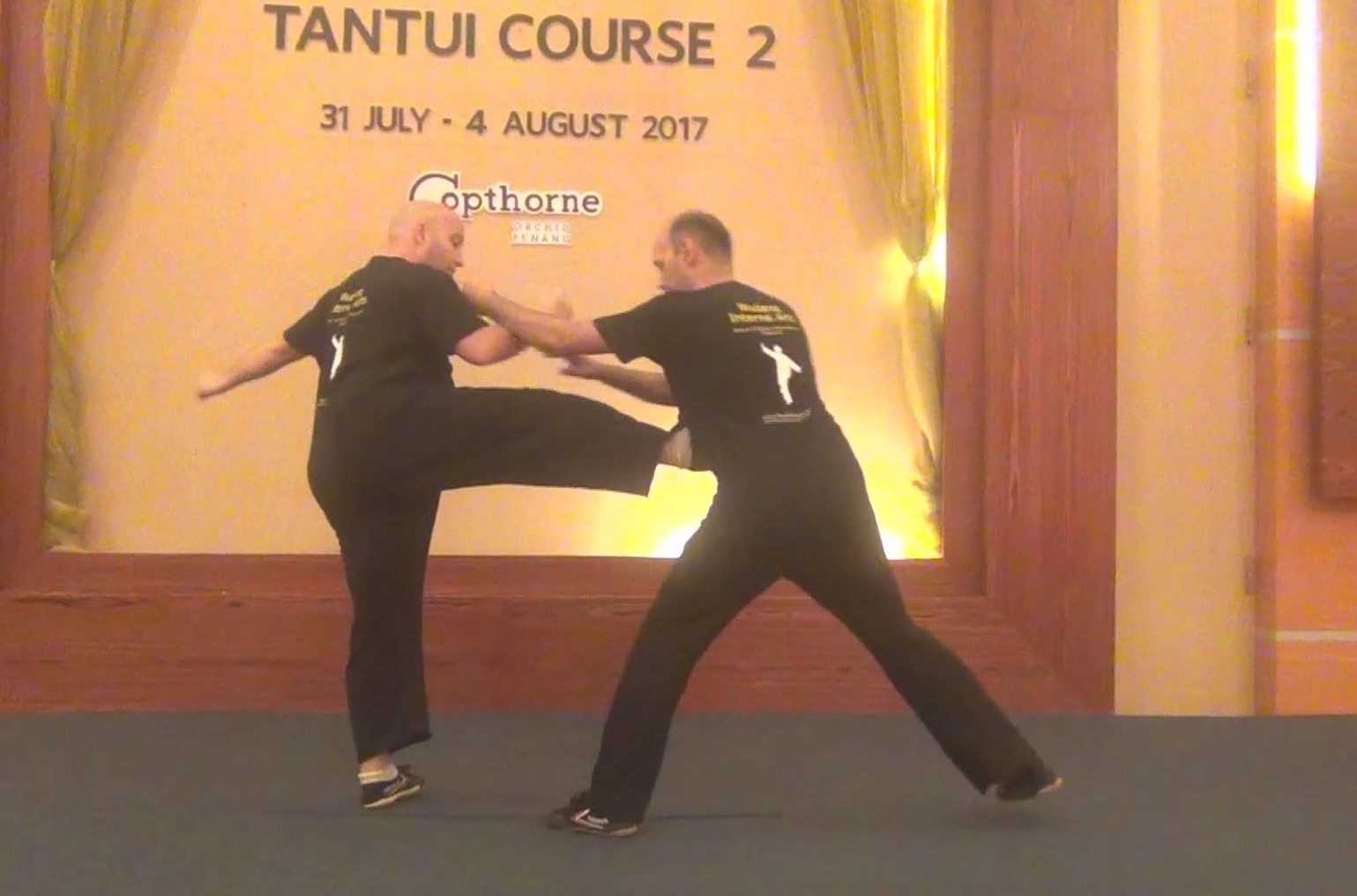
Although the skills needed for these advanced combat sequences are often beyond most practitioners today, it is necessary to learn the sequences if we are to restore the glory and greatness of Tantui.
Click here to download.
8. The Combat Sequences of Tantui
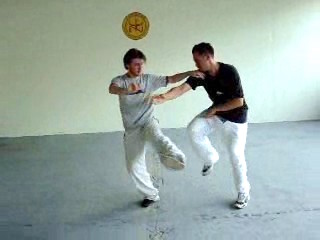
Tantui is considered by many as the essence of Northern Shaolin Kungfu. There are literally tens of thousands of people practicing Tantui today. But what is practiced is only the external forms. How to apply Tantui to manifest internal force as well as for combat is almost never taught. The video clips below show the 12 Tantui combat sequences, with each combat sequence highlighting some main techniques in each of the 12 solo sequences.
Click here to download.
9. Tantui Combat-Application Sets
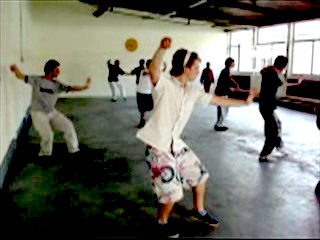
Tantui is considered by many as the essence of Northern Shaolin Kungfu and is practiced by thousands of people all over the world. It was formalized at the Long Tan (Dragon Pond) Temple in Shandong Province in North China, and was famous for its “spring-kicks”. However, Tantui has been practiced only in its solo sequences, and most Tantui practitioners today do not know its combat applications.
Click here to download.
10. Tantui against Boxing and Kick-Boxing
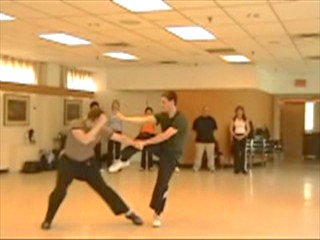
To use kungfu techniques for combat is already difficult for many kungfu practitioners today. To believe that you can use just one sequence from Tantui effectively against any attacker who may use any martial art or fight haphazardly is indeed hard to believe. That was what participants, including some beginners, at the Intensive Shaolin Kungfu Course in Toronto (May 2007) and in Frankfurt (June 2007) did. The series of videos here and the one following capture some of these lessons. As usual, the videos were recorded at random, and are released here without editing.
Click here to download.
11. The Technical Advantages of Shaolin Kungfu

Many kungfu practitioners discard their kungfu patterns in their sparring and adopt Boxing or Kick-Boxing because they find that using Boxing or Kick-Boxing enables them to be faster in combat. What they do not realize is that technically kungfu movements are faster than Boxing or Kick-Boxing. This series of video clips show the technical advantages of Tantui over Boxing, Kick-Boxing and many other martial arts. But merely knowing the techniques is insufficiently. You have to train systematically and diligently to be skillful. Otherwise, despite the technical advantages, you would still be defeated by a more skillful Boxer, Kick-Boxer or any other martial artist.
Click here to download.
12. The Wonders of Tantui Sequence 1
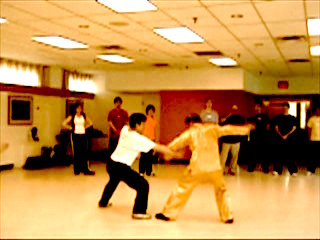
It is very hard to believe that by applying only Tantui Sequence 1 a skillful practitioner can defend against or attack any opponent who may use any kungfu, Boxing, Kick-Boxing, Karate, Muay-Thai or any martial art techniques! As most martial artists today, irrespective of what styles of martial art they actually practice, use Boxing in free sparring, the video shows how participants could use Tantui Solo Sequence 1 as well as Combat Sequence 1 against a Boxer no matter how he attacks or defends.
Click here to download.
13. Making Kungfu Alive
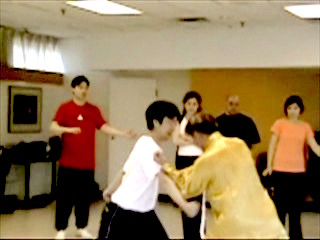
An important advice Grandmaster Ho Fatt Nam gave to Grandmaster Wong was that kungfu was alive. The Combat Sequence illustrated in this video series is a manifestation of this advice. If you have wondered where the pattern you employ to intercept an opponent's swinging fist, comes from, it is from solo Sequence 2. Indeed the whole of Combat Sequence 2 is a direct unfolding of solo Sequence 2 except that you hold your left hand in transition and turn your body to align with the opponent.
Click here to download.
14. Two Combat Sequences Adequate to Handle Most Ordinary Opponents
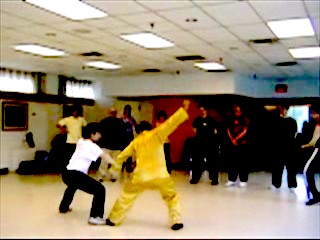
In sparring after you have completed a sequence in your attack, you can continue with the same sequence or with another sequence. In our sparring methodology it is called “Continuation”. This is the base from which you can have a lot of fun, and combat efficiency, with “Subtraction and Addition”. Other people may find it hard to believe, but if you just practice this “Subtraction and Addition” on the two combat sequences, you can handle most ordinary opponents.
Click here to download.
15. A Counter against Any Kicks!

There are a few patterns that can be used to counter any kicks! Two of them are “Lohan Strikes Tiger” and “Lohan Chops Firewood”. Although these two patterns can be applied separately, they are linked together in this sequence. They form a series of patterns collectively known as “Three Rings Around the Moon”.
Click here to download.
16. The Formidable Three Rings Around the Moon

Imagine you are holding two powerful iron rods. When an opponent punches or kicks or attacks you in any way, you simply strike your iron rods on his attacking arm, leg or any part of his attacking body. If your opponent does not attack you, you still strike him with your powerful iron rods. If he tries to block, you strike his blocking arm. If he tries to avoid by stepping back or side-stepping, you follow accordingly and strike him continuously. If he tries to run away you chase after him with your striking. This formidable technique, tactic or strategy — the terming of which depends on how you use it — is called “Three Rings Around the Moon”.
Click here to download.
17. Penetrating the Impenetrable
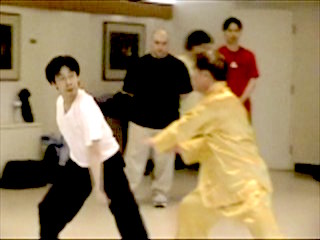
If an opponent swings his two powerful arms continuously and systematically on you, how would you counter? Such an attack is formidable and appears impenetrable. But a master can easily penetrate it.
Click here to download.
18. Countering Elbow and Knee Strikes from Muay Thai Fighters
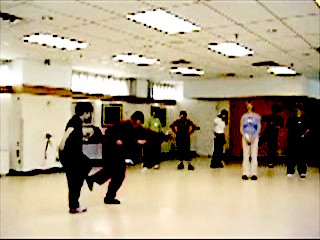
What would you do if a Muay Thai fighter grips your neck and throws continuous knee jabs to your ribs? And what would you do if he strikes you with his elbows at close range? Many people are quite helpless when faced with such ferocious attacks. There are many counters in Tantui against these attacks, and this video series shows some of them. Some of the Tantui leg techniques are profound and fascinating. They are, however, quite unlike the kicking techniques in other martial arts. They are hidden in this and other video series. Course participants may be able to spot them.
Click here to download.
19. The Fascinating Combat Applications of Tantui in Striking, Kicking, Felling and Gripping
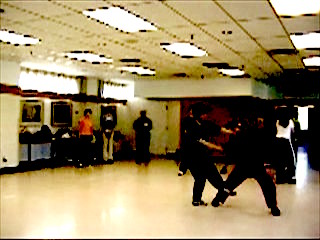
Northern Shaolin is well known for leg techniques. As Taekwondo and Muay Thai kicks are very popular today, many martial artists think that leg techniques only involve kicks. This is not so. Although there are many different kinds of kicks in Shaolin Kungfu, Shaolin leg techniques are more extensive and profound than merely kicks. But Tantui, the essence of Northern Shaolin, is not just leg techniques. It is a complete art incorporating all the four categories of attack and their defence, therefore including the other three categories of strikes, felling techniques and grips.
Click here to download.
20. Spotting Secrets Hidden in the Open
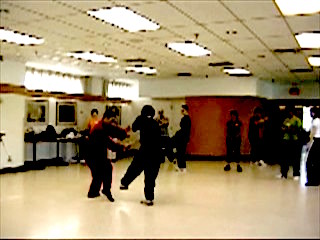
A great martial art like Tantui makes sophisticated uses of strategies and tactics. Some of these strategies and tactics, like “flowing with an opponent's momentum” and “pressing in with continuous attacks”, are shown in this video series. Exotic techniques that are not normally found in most other martial arts, like hook and hang, are also explained. Following traditional Shaolin traditions, some secrets are hidden in the open. Course participants would have much fun spotting them.
Click here to download.
21. Helping One Another and Having Fun in Sparring
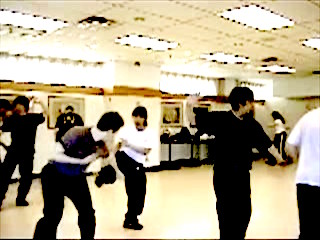
Injuries and tensed feelings are not uncommon during sparring in many martial art schools today. Some instructors go to the extent of telling their students that if they cannot take some punishment, they cannot learn a martial art!
Happily, this is not the case in our school. Indeed, helping one another and having fun are the norms in our sparring sessions. These happy scenarios are not our innovations. Being free from injury in any training, including sparring, was also the norm in great kungfu schools in the past. Not to be hurt at all as well as being relaxed even in demanding situations were, and should be, the main aims of any martial art cultivation.
Click here to download.
22. Laying Foundation Before Training Combat

Many people only pay lip service to the saying that the basics are very important. We pay great importance to the basics —- they form the foundation upon which all our future development depends. By basics, we refer to our stances, footwork, body-movement, hand forms as well as entering Zen, generating chi flow and exploding force. In all our courses we begin with our basics.
Click here to download.
23. From Form to Flow to Force
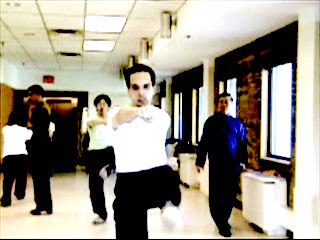
How does a Tantui practitioner have power for combat if he does not hit sandbags or lift weights, or practice chi kung exercises like Iron Palm and Abdominal Breathing? He derives internal force from stance training as well as from performing his sequences as chi kung and meditation. The video series here, amongst other lessons, records the experience of participants at the Toronto course developing and exploding internal force. First they performed the sequences in picture-perfect form. Next they performed the picture-perfect form in flowing chi. Then they increased the volume of chi flow and exploded force at appropriate places.
Click here to download.
24. Linking Sequences to Form Sets
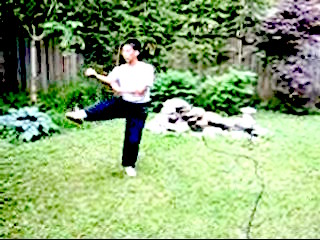
A Tantui stylist does not need to borrow from any other martial arts to supplement his training. Of course, if a Tantui student only practices the external form of the twelve sequences, as most Tantui practitioners today do, he will only have beautiful forms for demonstration. Grandmaster Wong has distilled the combat applications of Tantui into twelve combat sequences. These twelve combat sequences are linked together to form four combat application sets. The four sets are demonstrated slowly by Sifu Michael Chow, an international wushu champion, to enable students to observe the movements more easily.
Click here to download.
25. The Profundity of the Twelve Tantui Combat Sequences
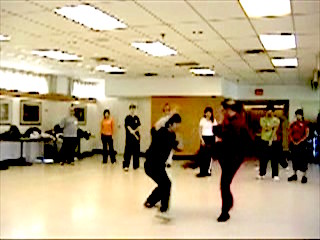
The combat applications of these twelve Tantui sequences are profound. An example is that by mastering Combat Sequence 1 alone, you can handle any assailant, irrespective of how he may attack you! Another aspect of their profundity is that they look so simple yet they can be very sophisticated in their combat functions. Those who do not know their secrets may not understand how they can be used in combat. This is “Hiding Secrets in the Open”. Are you able to find these secrets in the combat sequences below?
Click here to download.
26. The Twelve Sequences of Shaolin Tantui at UK Summer Camp

Tantui, which means “spring kicks”, is a famous Northern Shaolin style. It is widely practiced, but unfortunately most Tantui practitioners today only practice the forms without their combat applications. The Twelve Tantui Sequences and their Combat Sequences can be accessed here.
Click here to download.
27. Combat Application of Tantui in Toronto 2007
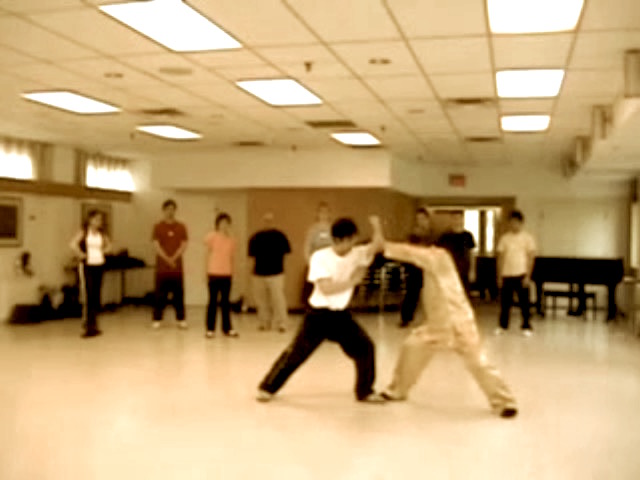
Tantui was the style of kungfu many masters used to defeat many challengers from different martial arts. However, Tantui practitioners today practice only its outward form, degrading a wonderful art into flowery fist and embroidery kick. This video shows the combat application of Shaolin Tantui in Toronto 2007.
Click here to download.
28. Combat Application of Tantui in Canterbury 2007
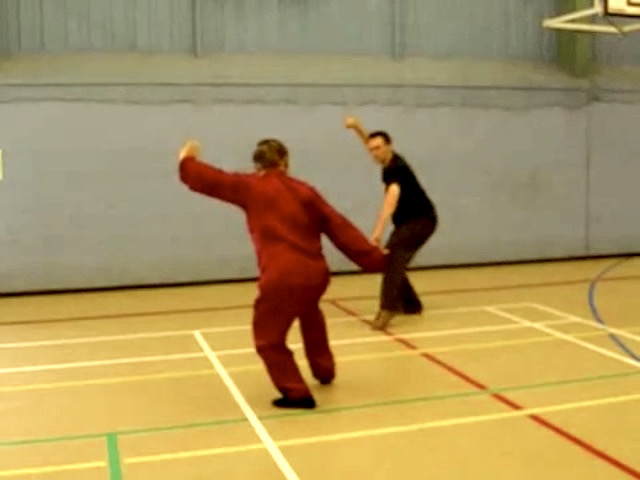
Tantui was the style of kungfu many masters used to defeat many challengers from different martial arts. However, Tantui practitioners today practice only its outward form, degrading a wonderful art into flowery fist and embroidery kick. This video shows the combat application of Shaolin Tantui in Canterbury 2007.
Click here to download.
29. Combat Sequences of Tantui in Frankfurt 2007

Tantui was the style of kungfu many masters used to defeat many challengers from different martial arts. However, Tantui practitioners today practice only its outward form, degrading a wonderful art into flowery fist and embroidery kick. This video shows the combat sequences of Shaolin Tantui in Frankfurt 2007.
Click here to download.
30. Application Sets of Tantui in Frankfurt 2007
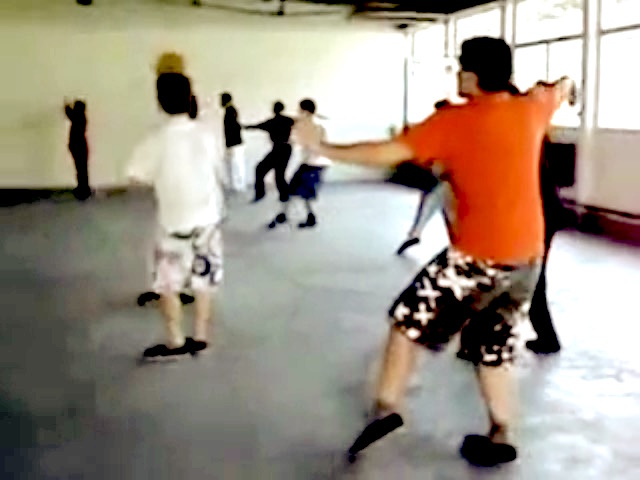
Tantui was the style of kungfu many masters used to defeat many challengers from different martial arts. However, Tantui practitioners today practice only its outward form, degrading a wonderful art into flowery fist and embroidery kick. This video shows the application sets of Shaolin Tantui in Frankfurt 2007.
Click here to download.
31. Combat Sequences and Sets of Tantui

Many people today only practice the external forms of Tantui without understanding its combat applicatiom. The twelve combat sequences of Tantui show its application, and these twelve sequences are combined into a set.
Click here to download.
LINKS
Tantui, the Essence of Northern Shaolin
- The Twelve Sequences of Shaolin Tantui in Videos
- The Twelve Sequences of Shaolin Tantui in Picture Series
- Basic Combat Sequences of Shaolin Tantui
- Basic Tantui Combat Sequences, 24-30 July 2017 Penang
- Basic Tantui Combat Sequences,30 July to 5th August 2017 Penang
- Advanced Tantui Combat Sequences, 24-30 July 2017 Penang
- Advanced Tantui Combat Sequences,30 July to 5th August 2017 Penang
- The Combat Sequences of Tantui
- Tantui Combat-Application Sets
- Tantui against Boxing and Kick-Boxing
- The Technical Advantages of Shaolin Kungfu
- The Wonders of Tantui Sequence 1
- Making Kungfu Alive
- Two Combat Sequences Adequate to Handle Most Ordinary Opponents
- A Counter against Any Kicks!
- The Formidable Three Rings Around the Moon
- Penetrating the Impenetrable
- Countering Elbow and Knee Strikes from Muay Thai Fighters
- The Fascinating Combat Applications of Tantui in Striking, Kicking, Felling and Gripping
- Spotting Secrets Hidden in the Open
- Helping One Another and Having Fun in Sparring
- Laying Foundation Before Training Combat
- From Form to Flow to Force
- Linking Sequences to Form Sets
- The Profundity of the Twelve Tantui Combat Sequences
- The Twelve Sequences of Shaolin Tantui at UK Summer Camp
- Combat Application of Tantui in Toronto 2007
- Combat Application of Tantui in Canterbury 2007
- Combat Sequences of Shaolin Tantui in Frankurt 2007
- Application Sets of Shaolin Tantui in Frankfurt 2007
- Combat Sequences and Set of Tantui
Tantui Courses
- Magic of Shaolin Tantui, Toronto, April 2014
- Tantui at the UK Summer Camp, July 2007
- Tantui in Penang, 23-30 July 2017
- Tantui in Penang, 30 July to 5 August 2017

